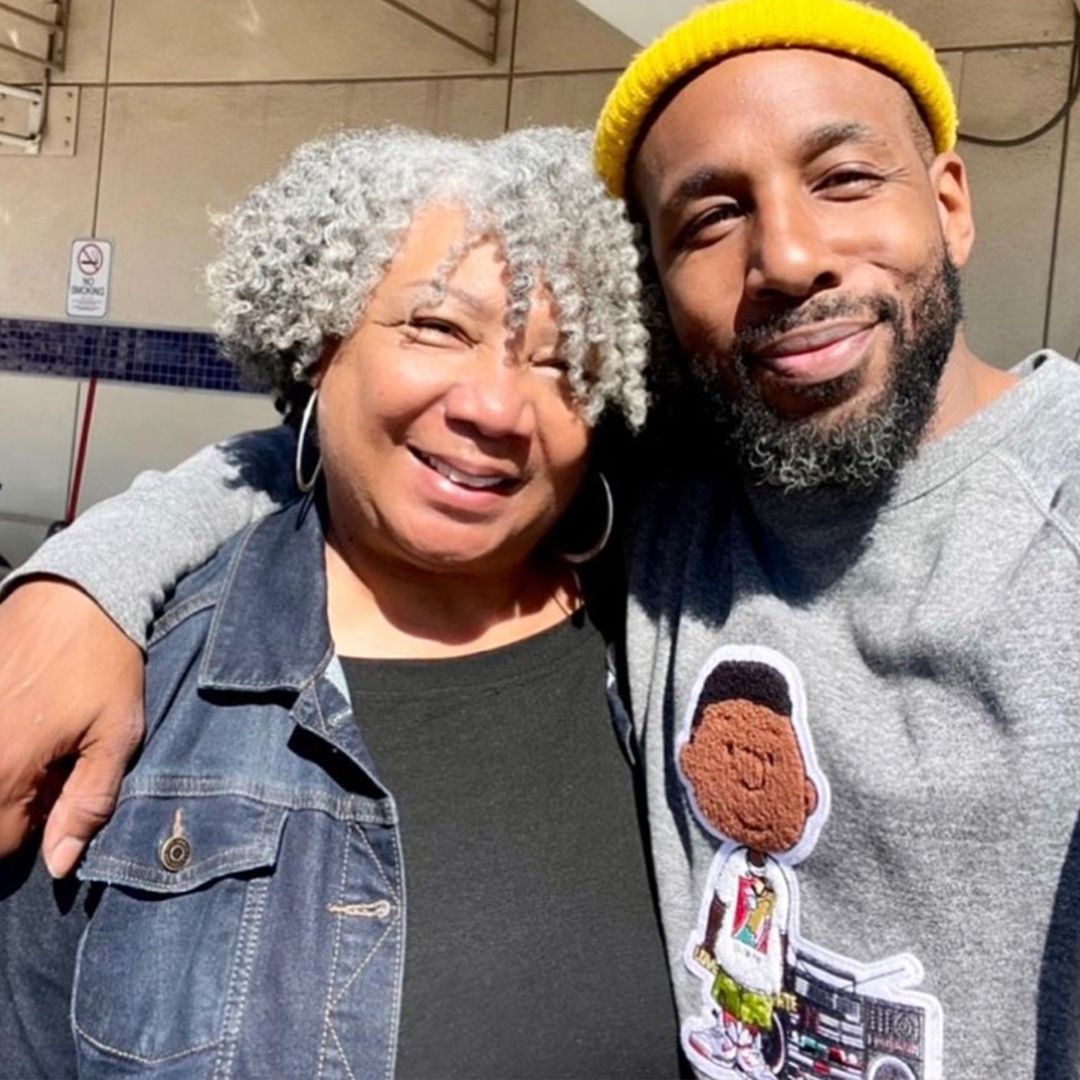
Older adults are more likely to develop shingles—and more likely to have complications from it. Why? The immune system weakens with age, leaving adults over 50 vulnerable to the painful condition. Fortunately, a simple vaccine can help. But will Medicare cover the cost?
Medicare coverage for the shingles vaccine
The shingles vaccine is free for most Medicare beneficiaries. Under last year’s Inflation Reduction Act, most insured patients—including those who have Medicare—have no out-of-pocket costs (no deductibles or co-pays) for shingles vaccines.
What is shingles?
The varicella-zoster virus (VZV), which causes chickenpox, remains in your system long after the illness passes and can reactivate years later as shingles— a painful, itchy, rash that may have blisters.
Typically, the rash develops on one side of the face or body and consists of blisters that scab over in seven to 10 days and fully clears up in two to four weeks, according to the U.S. Centers for Disease Control and Prevention (CDC). The rash will usually form on one side of the body but may also appear on one side of the face. On the face, shingles can affect the eye and cause vision loss. Other symptoms include headache, chills and an upset stomach.
Although chickenpox and shingles are caused by the same virus, they are not the same illness.
What is the shingles vaccine?
Shingrix is the only shingles vaccine the CDC currently recommends for the prevention of the virus and related complications. The shot works by introducing harmless proteins from the shingles virus into the body, stimulating the immune system to defend against virus.
The Shingrix vaccine is over 90% effective and remains above 85% effective after four years (after two doses).
Who needs the shingles vaccine?
The CDC recommends all adults age 50 and older, get two doses of the Shingrix shingles vaccine spaced between two and six months apart.
Whether you’ve had shingles or not, seniors should get the vaccine, Dr. Pritish Tosh, an infectious disease specialist at the Mayo Clinic in Rochester, Minn. explained in an article for the Mayo Clinic. Much like with the COVID-19 and flu vaccines, Shingrix can lessen the duration and severity of should you have a shingles outbreak.
You should also consider getting the Shingrix vaccine if you’ve had the Zostavax vaccine in the past, or if you don’t know whether you’ve had chickenpox, he added. Zostavax is an earlier shingles vaccine that is no longer offered in the U.S.
Prevent post-herpetic neuralgia (PHN)
Another advantage to getting the shingles vaccine includes preventing the painful and sometimes debilitating after-effects of shingles from a common condition called post-herpetic neuralgia (PHN). Many patients who have shingles also get PHN, Tosh says.
Usually, patients with PHN will feel pain where the shingles rash developed. The pain may be constant, or it might come and go. Some patients describe PHN as a burning, jabbing or aching feeling while others say the affected area may be numb or itchy, the agency added.
“The older you are, the more likely you are to develop PHN, and those symptoms can last for months and even years after the shingles itself goes away,” Tosh commented. “For those over age 50, it occurs in about 20% of people who get shingles, and if you’re over age 80, it occurs in about 35% of people who get shingles.”
The shingles vaccine not only helps Medicare beneficiaries avoid the pain of PHN but also the costs of treating this complication, says Neil R. Meredith, PhD, a professor of health economics at West Texas A&M University in Canyon, Texas.
Side effects of Shingrix shingles vaccine
As with any vaccine, Shingrix may cause side effects, although side effects are more common in younger people, according to the CDC. Most patients have a sore arm with mild or moderate pain, and redness and swelling at the injection site. Some patients had side effects that prevented them from doing normal daily activities because they felt tired, had muscle pain, headache, shivers, fever, stomach pain or nausea that lasted two to three days.

















:quality(85):upscale()/2025/01/07/813/n/1922564/b63421d9677d72ddd6eff7.56786871_.png)



![Megan Thee Stallion – Bigger In Texas [Official Video] Megan Thee Stallion – Bigger In Texas [Official Video]](https://i.ytimg.com/vi/QxTkZTLWdo4/maxresdefault.jpg)

![Jordan Adetunji – KEHLANI REMIX (feat. Kehlani) [Official Video] Jordan Adetunji – KEHLANI REMIX (feat. Kehlani) [Official Video]](https://i.ytimg.com/vi/EeJ8n5PxFGE/maxresdefault.jpg)
